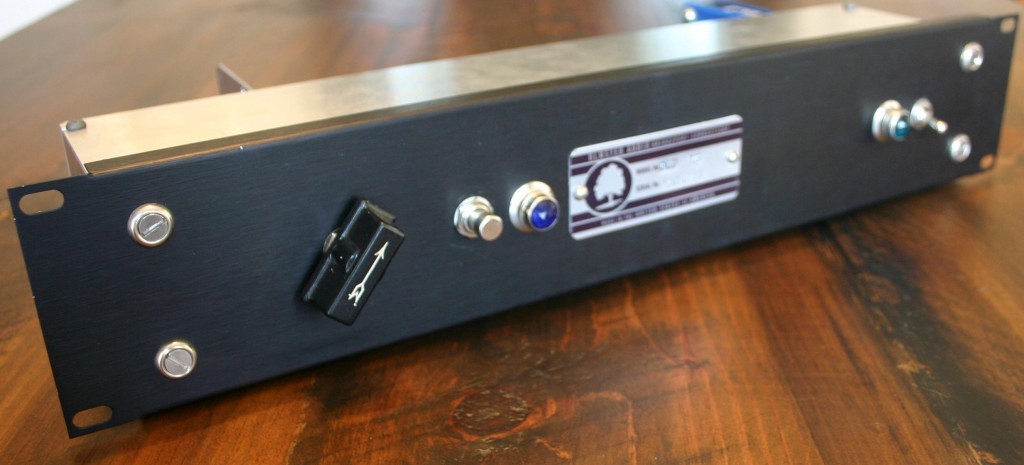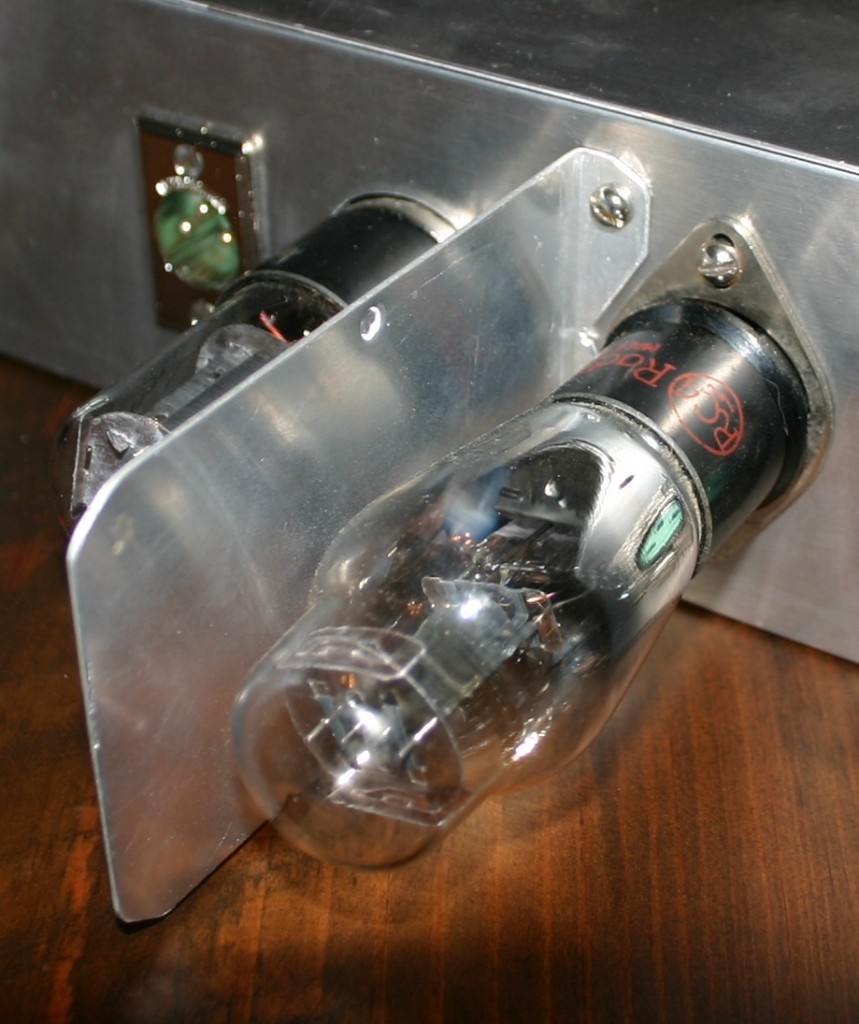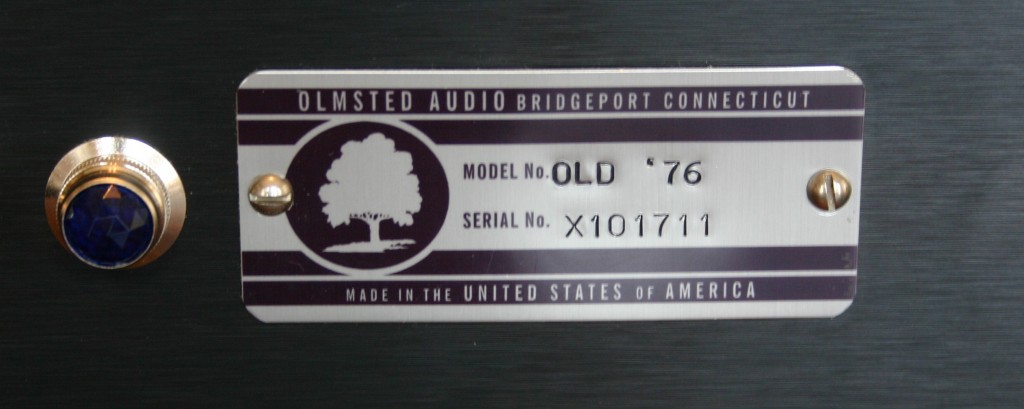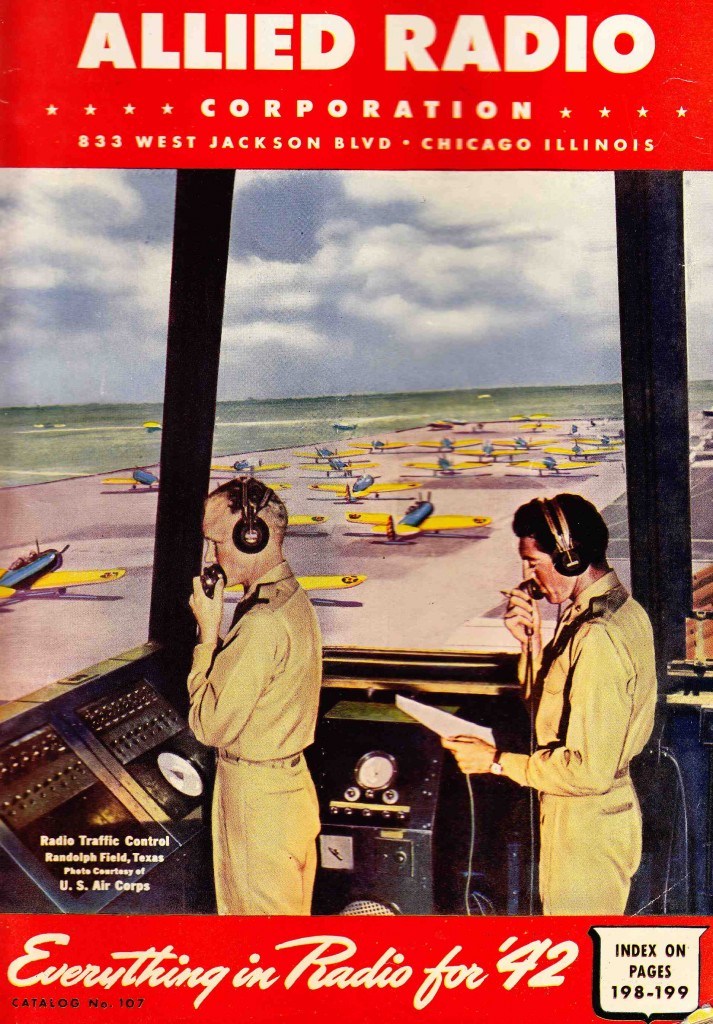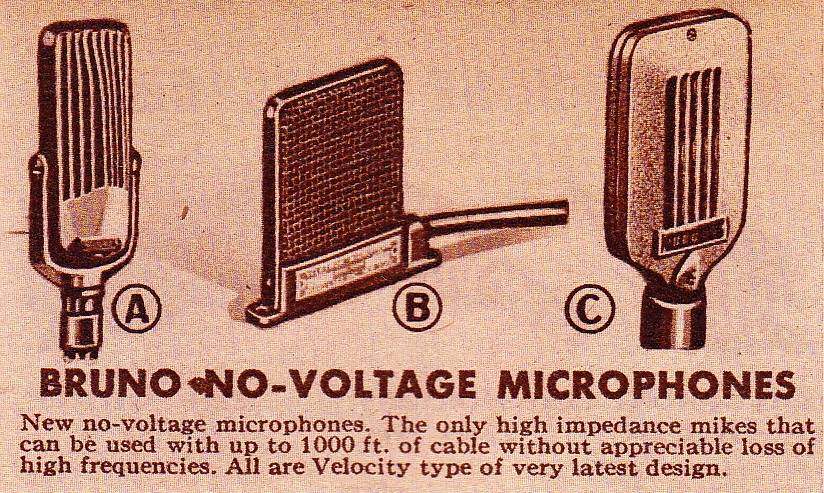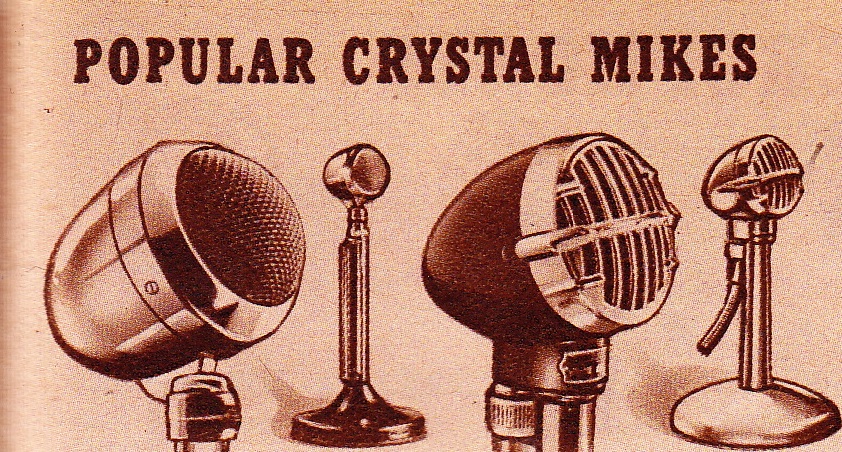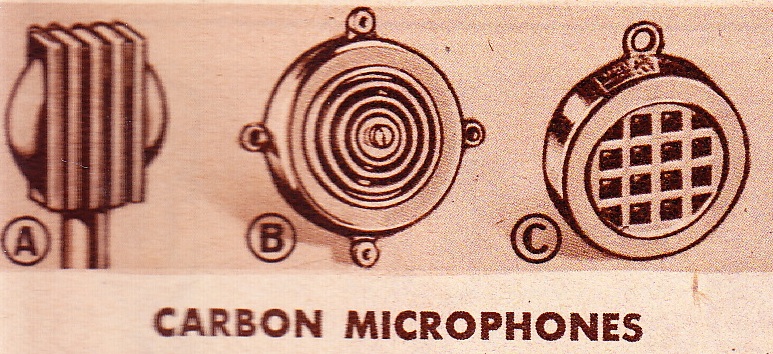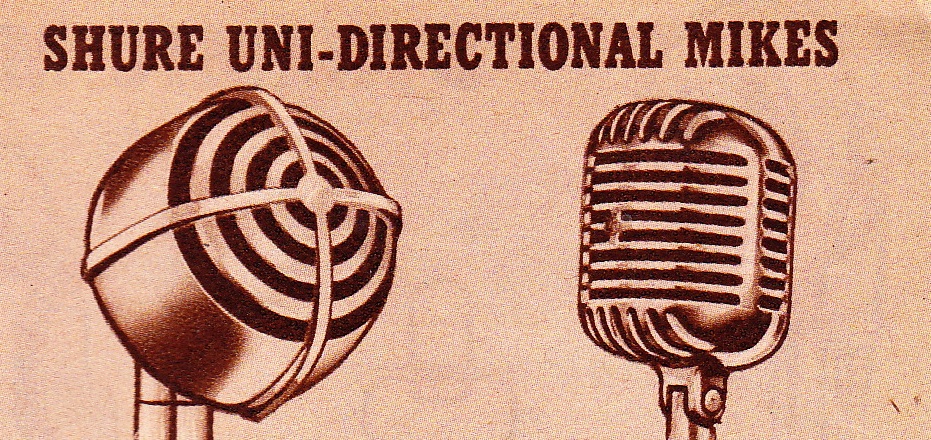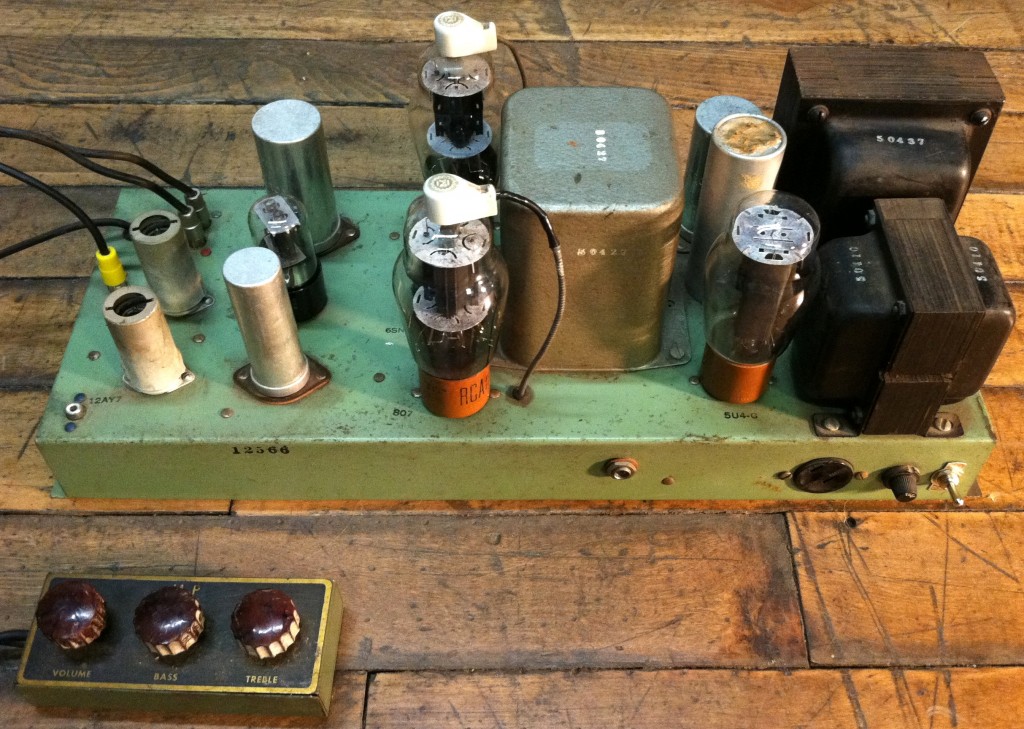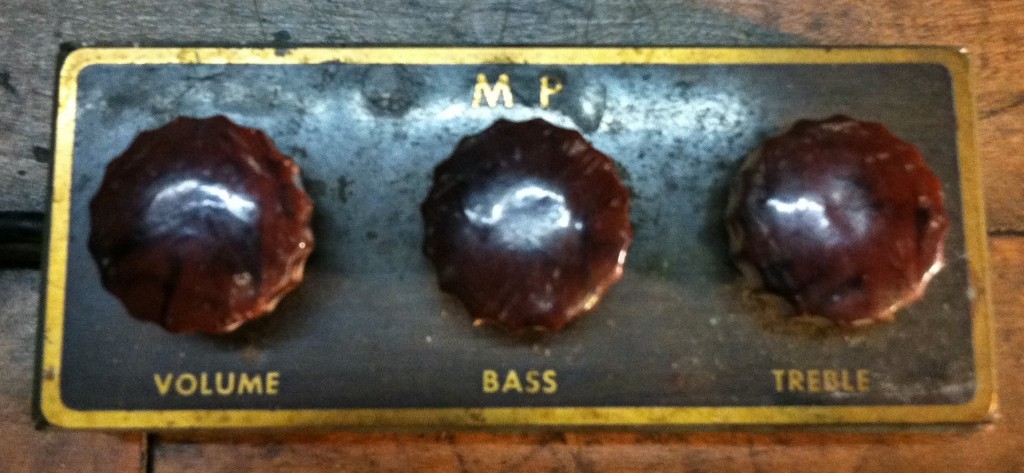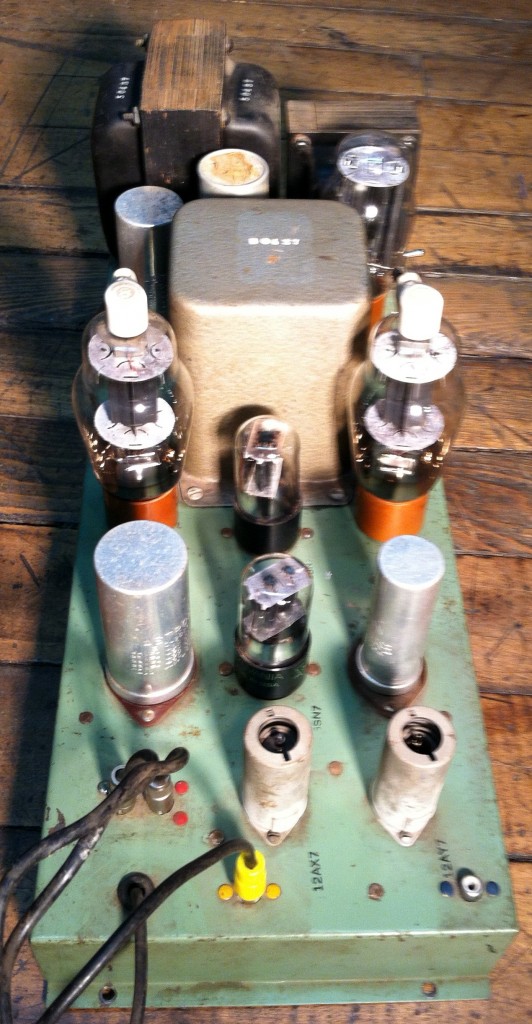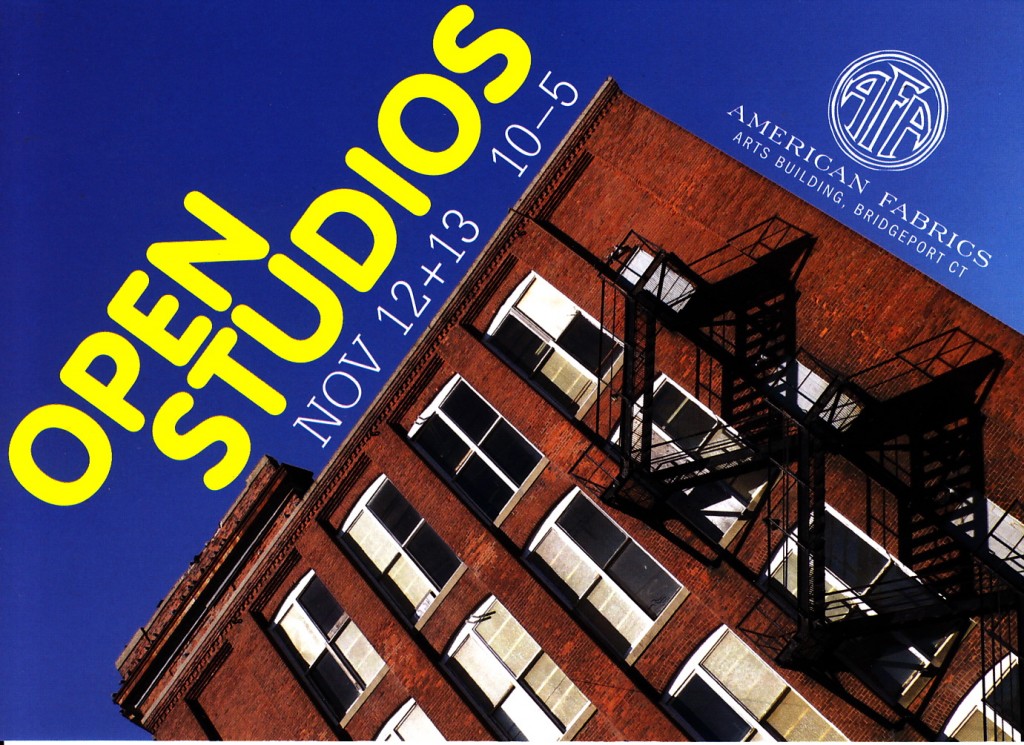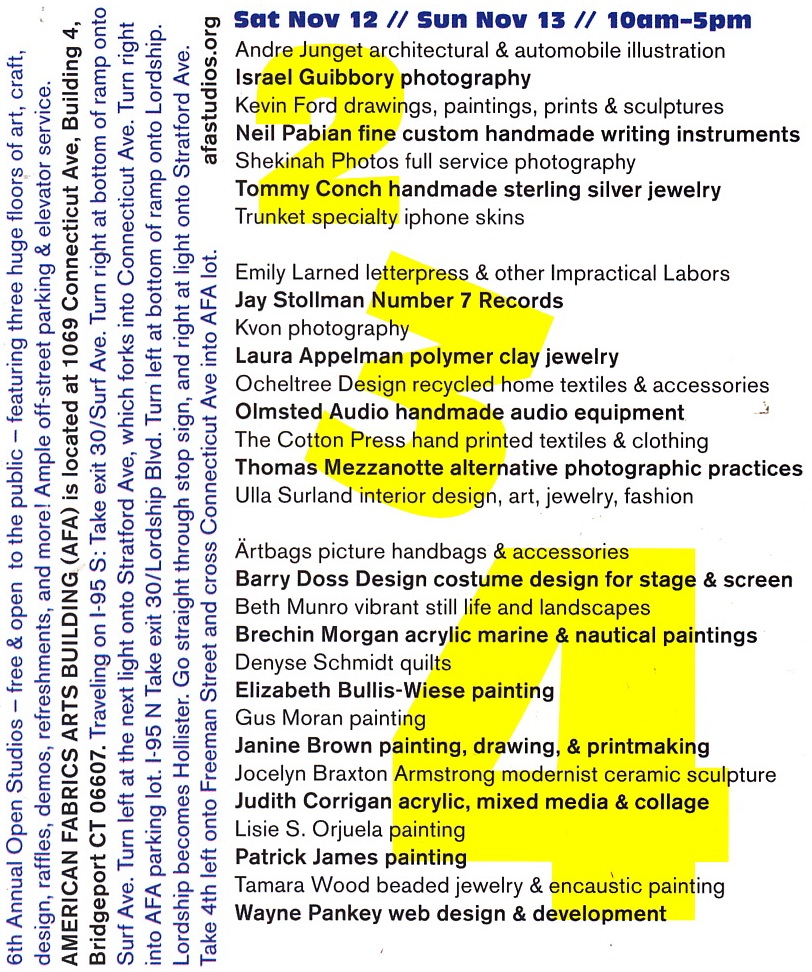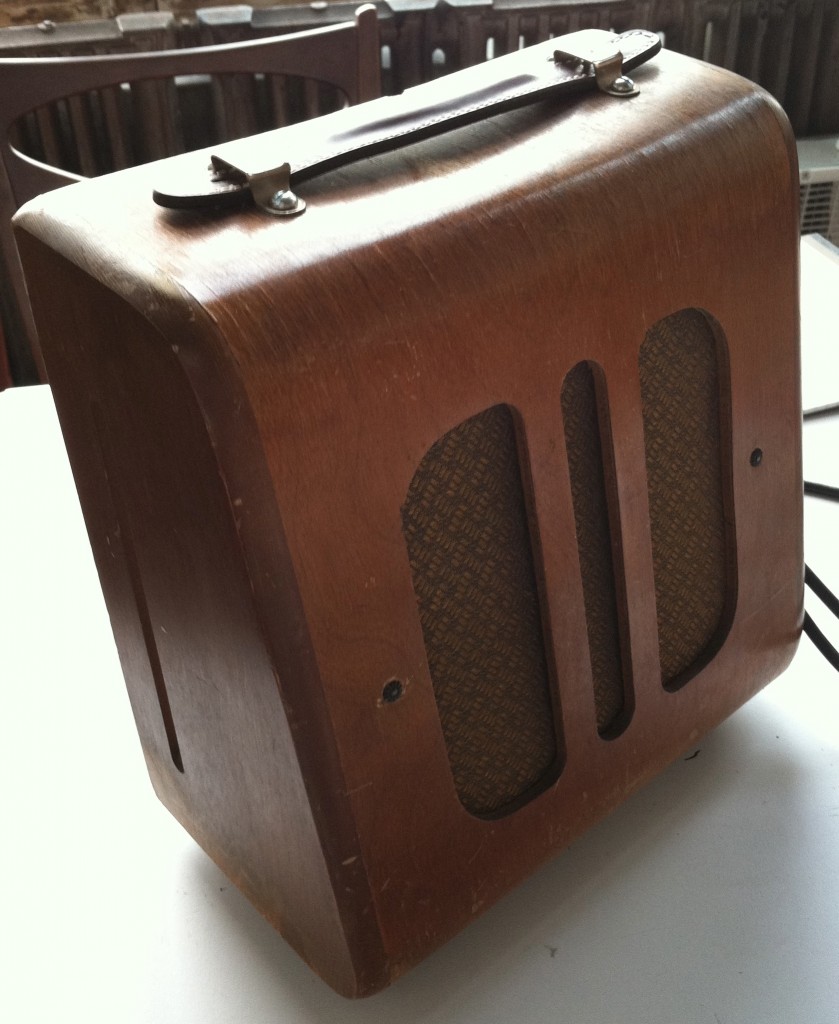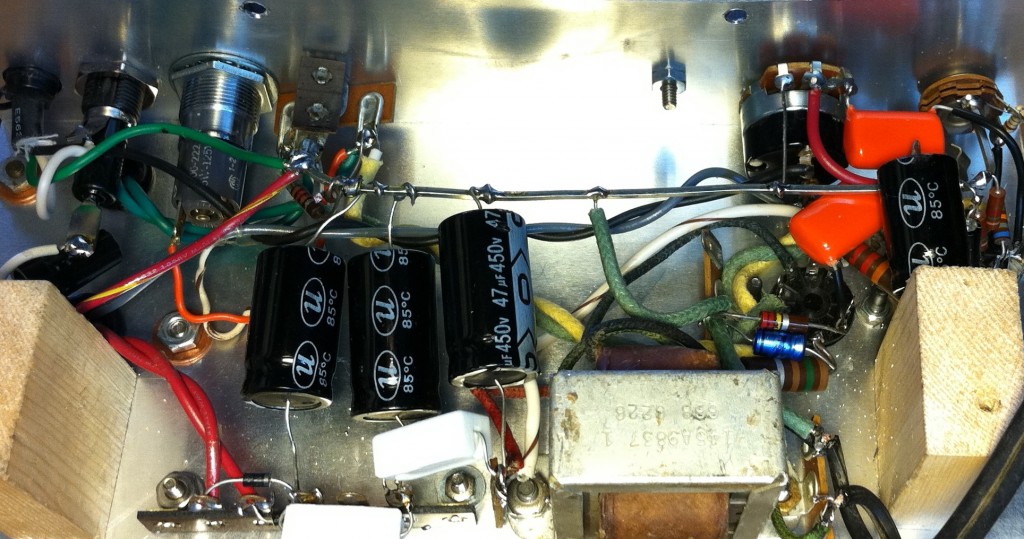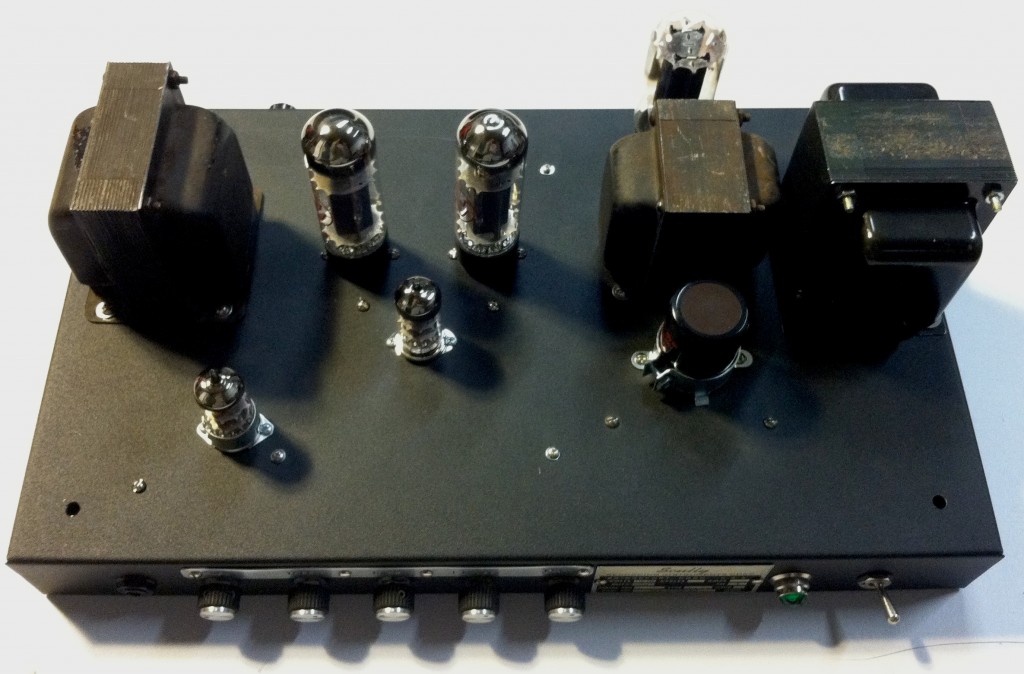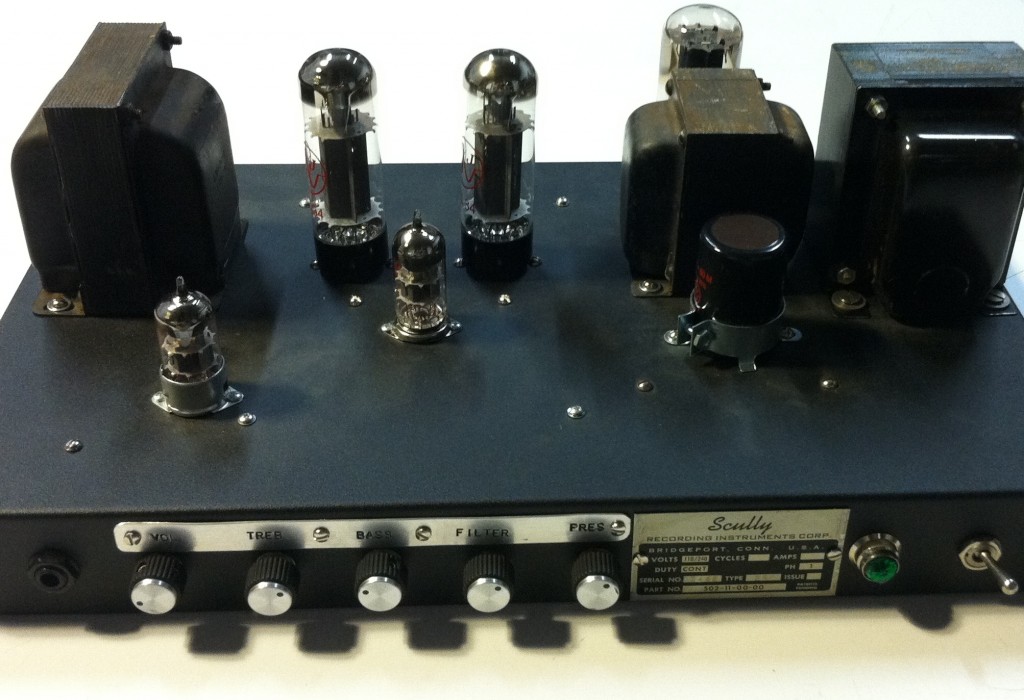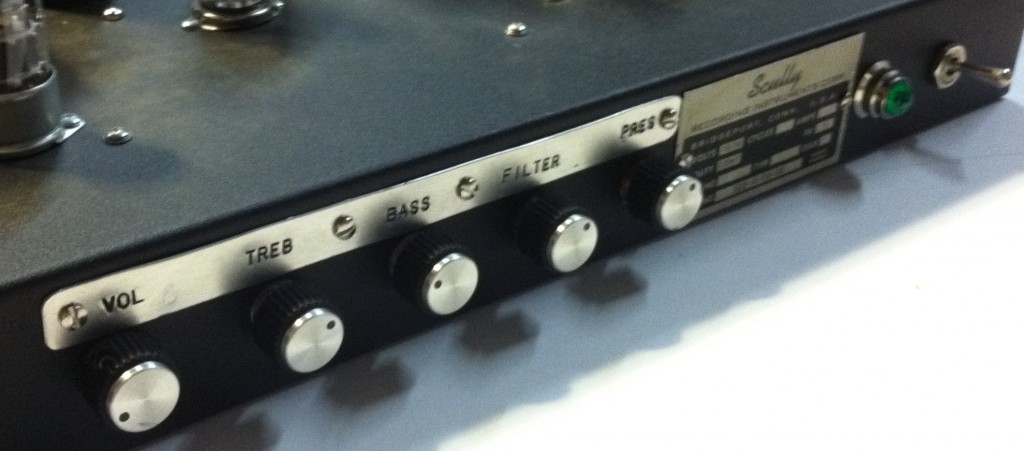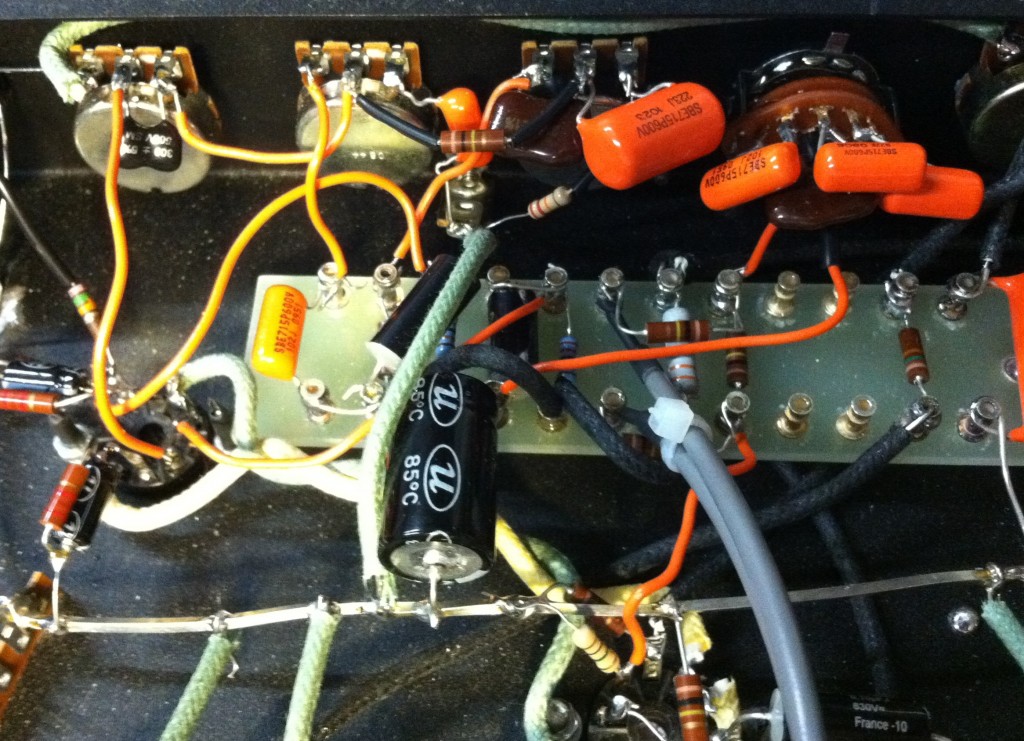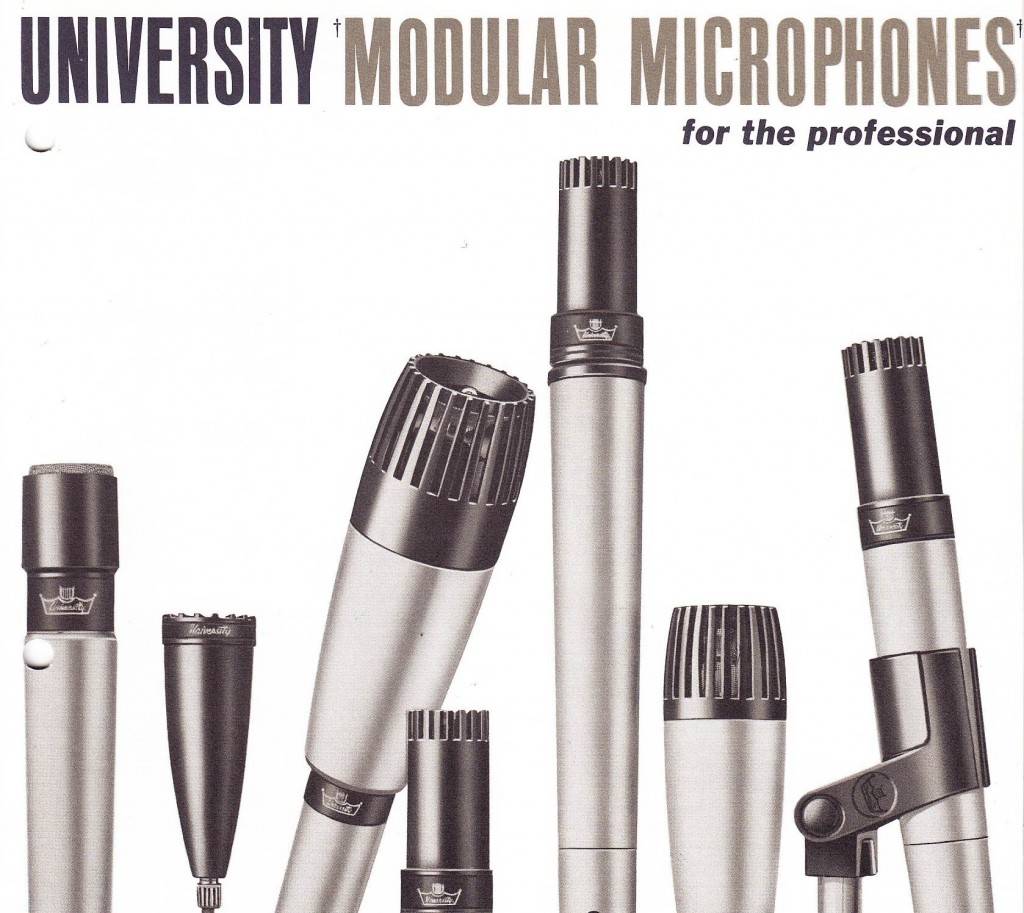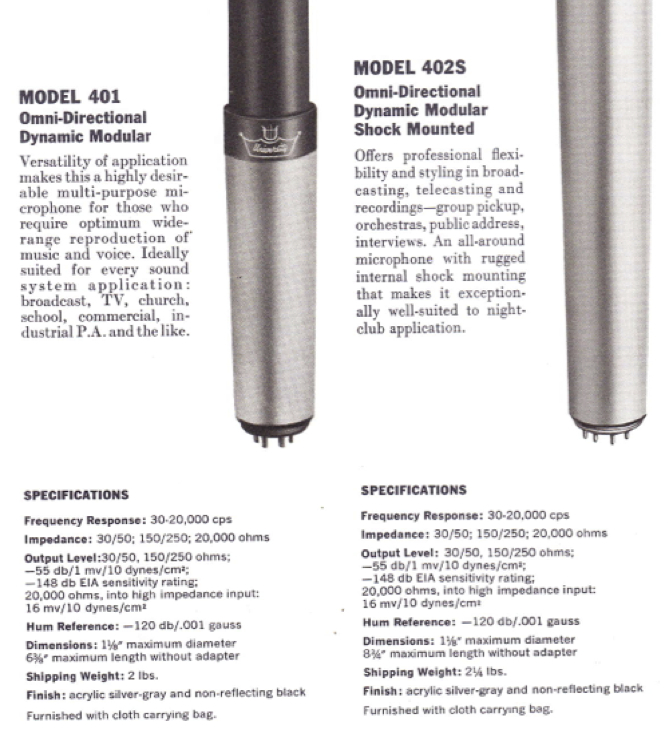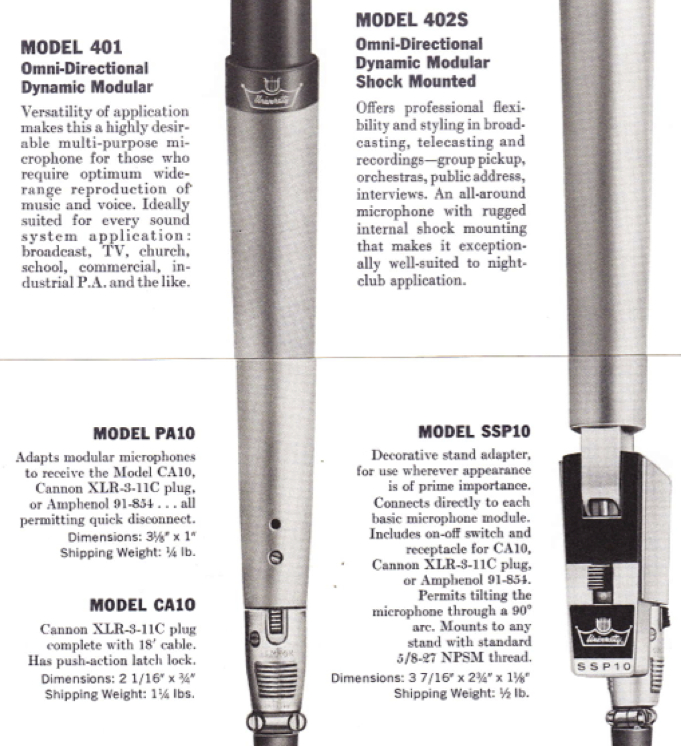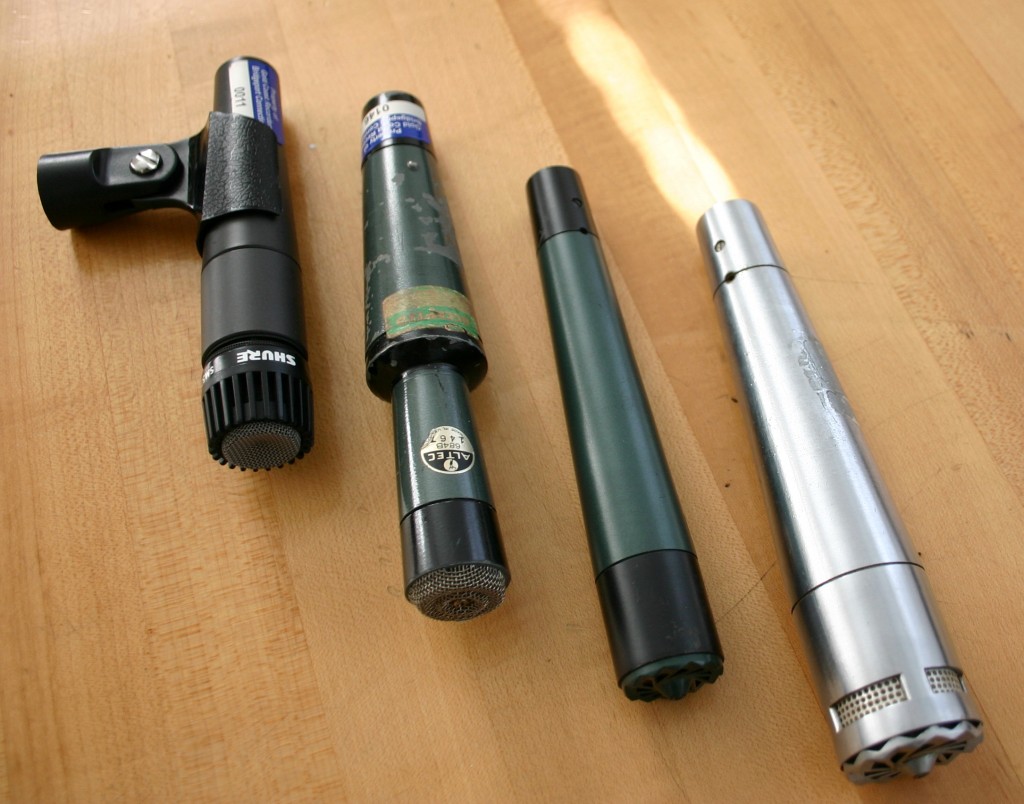 L to R: Shure SM57; Altec 684 Omni; Altec 682 Cardiod; Altec 683 Cardiod
L to R: Shure SM57; Altec 684 Omni; Altec 682 Cardiod; Altec 683 Cardiod
Altec made a great number of different microphone models in the 1950s and 1960s. A certain few of these are still widely used in recording studios today: most notably the 639 ‘Birdcage’ dual-element microphone (see here and here) and their various small diaphragm ‘Laboratory’ condensers (see here, here, and here).
During this period Altec also made a variety of conventional-looking dynamic microphones, some of which have quite good specs on paper. Today we’ll be having a listen to the Altec 682, 683, and 684.
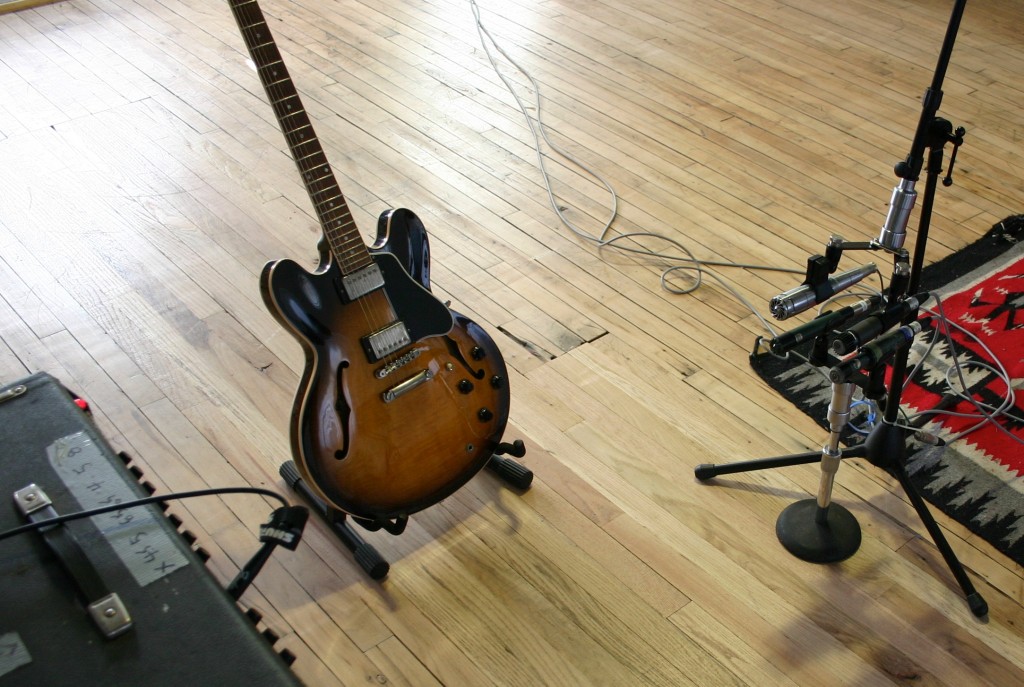 I’ve prepared three stereo audio tracks which all document an identical solo guitar performance which we tracked in the big room at Gold Coast Recorders. In each of the three tracks, you will hear a new-ish Shure SM57 in the left speaker, and the selected Altec mic in the right speaker. I chose an SM57 as a reference because it is a microphone that most of us are very familiar with and it is often used to mic electric guitar amps. I placed the mics a big further back than I would generally use a dynamic-mic on a guitar amp in order to minimize any differences that might result from the slight variation in mic placement in relation to the amplifier. All signals were taken from the microphone into identical Sytek mic preamps and then directly into Aurora Lynx convertors and into Protools. No processing whatsoever was used other than minimal Digidesign MAXIM on the bounce-buss to ensure strong playback level; it was taking off 0.3db at most.
I’ve prepared three stereo audio tracks which all document an identical solo guitar performance which we tracked in the big room at Gold Coast Recorders. In each of the three tracks, you will hear a new-ish Shure SM57 in the left speaker, and the selected Altec mic in the right speaker. I chose an SM57 as a reference because it is a microphone that most of us are very familiar with and it is often used to mic electric guitar amps. I placed the mics a big further back than I would generally use a dynamic-mic on a guitar amp in order to minimize any differences that might result from the slight variation in mic placement in relation to the amplifier. All signals were taken from the microphone into identical Sytek mic preamps and then directly into Aurora Lynx convertors and into Protools. No processing whatsoever was used other than minimal Digidesign MAXIM on the bounce-buss to ensure strong playback level; it was taking off 0.3db at most.
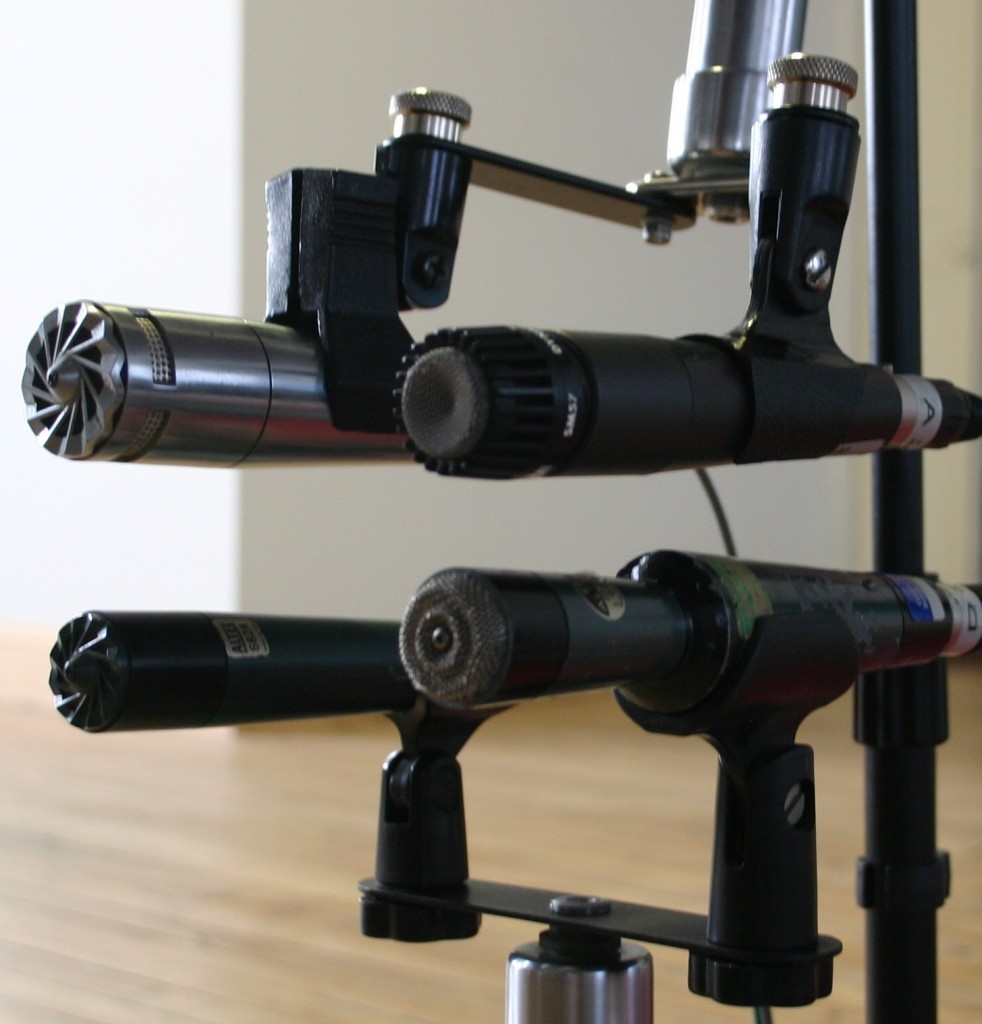 Levels were matched initially by running a 1K tone into the guitar amplifier and then fine-tuned on playback to within the tightest possible margin. The 684 Omni required 30% more gain to reach an equal level; the other three mics were within 5% or so of each other in terms of output.
Levels were matched initially by running a 1K tone into the guitar amplifier and then fine-tuned on playback to within the tightest possible margin. The 684 Omni required 30% more gain to reach an equal level; the other three mics were within 5% or so of each other in terms of output.
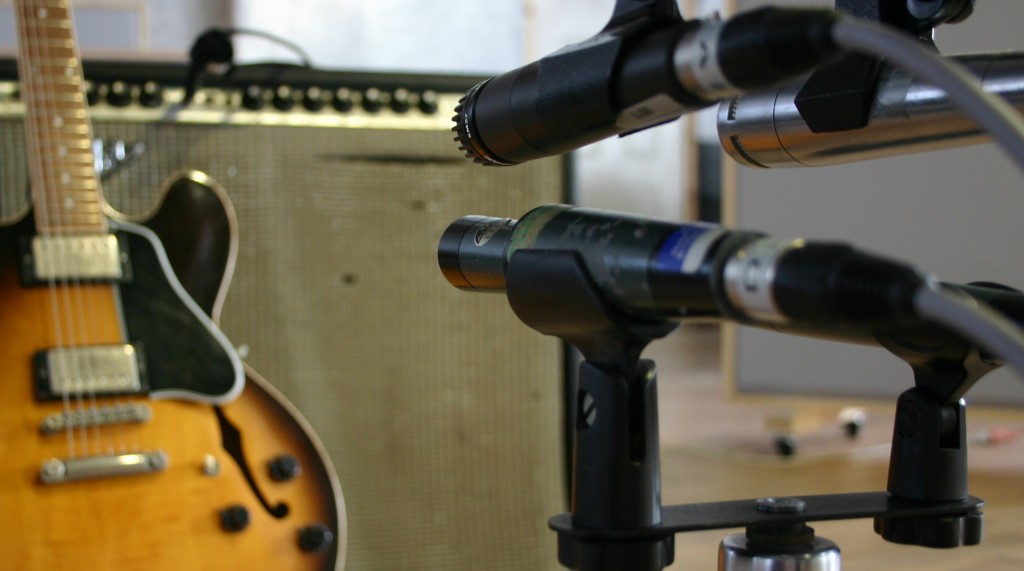 Alright now that you’ve seen the setup, here is the audio:
Alright now that you’ve seen the setup, here is the audio:
SM57 vs Altec 682: SM57L_682R
SM57 vs Altec 683: SM57L_683R
SM57 vs Altec 684: SM57L_684R
Have a listen and draw your own conclusions. My quick assessment: the 682 sounds pretty similar to the 57, but IMO a lot prettier, a lot more detailed, and just more presentable in general. The 683 sounds thinner than the 57; bass is notably lacking and there is an aggressive character to the mids. Not sure that I would ever select this mic for anything. The 684 sounds like… an omni mic, so it’s not a valid comparison to a 57, but it does sound pretty decent as an omni. Might make a good under-snare microphone.
All of these forgotten Altecs are available cheaply on eBay from time to time. I’ve never come across one at a flea market or swap meet, though, so I don’t think they are very common. From what I can tell from my limited sample-pool, the ‘A’ designation after the model-number indicates that the mic uses an XLR5 (rather than the current standard XLR3) connector. If you get one of these ‘A’ designated mics, you will need to find an XLR 5 female jack. Wire an adapter to XLR 3 as follows: (XLR5:XLR3) 1:1, 2:3, 4:2. The ‘B’ designated mics seem to have our current-standard XLR3 jacks. Again, I am not 100% about this distinction, so check closely before buying if you don’t wanna be soldering adapters.
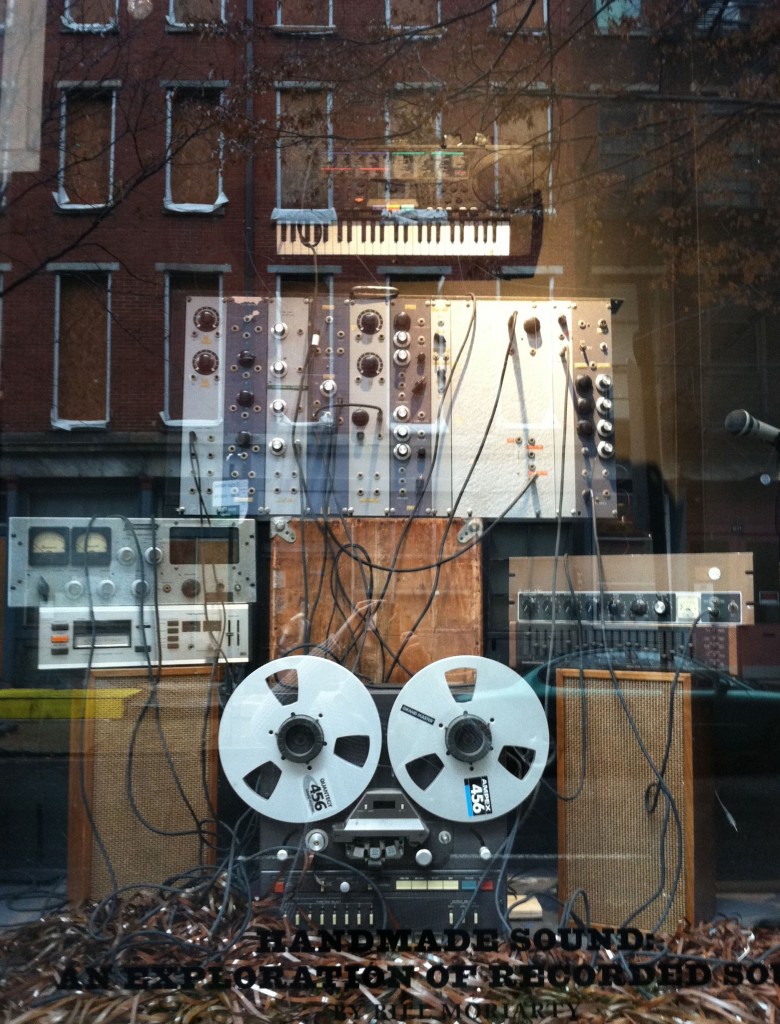 Walking around Philadelphia I noticed this shop-window. Wow these people really had my number. The shop is called Art In The Age Of Mechanical Reproduction (h.f. AITAOMR), which is a reference to a seminal essay by Walter Benjamin. Benjamin was interested in understanding how our concept of value in art was altered by the new processes of mechanical reproduction (offset printing, phonograph records, etc) which became widely available in the early 20th century. ANYways… AITAOMR is a fine shop with appealling apparel and lifestyle items offered for sale. They also market their own line of rustic flavored boozes you can sample in the shop (sold elsewhere at licensed agents).
Walking around Philadelphia I noticed this shop-window. Wow these people really had my number. The shop is called Art In The Age Of Mechanical Reproduction (h.f. AITAOMR), which is a reference to a seminal essay by Walter Benjamin. Benjamin was interested in understanding how our concept of value in art was altered by the new processes of mechanical reproduction (offset printing, phonograph records, etc) which became widely available in the early 20th century. ANYways… AITAOMR is a fine shop with appealling apparel and lifestyle items offered for sale. They also market their own line of rustic flavored boozes you can sample in the shop (sold elsewhere at licensed agents).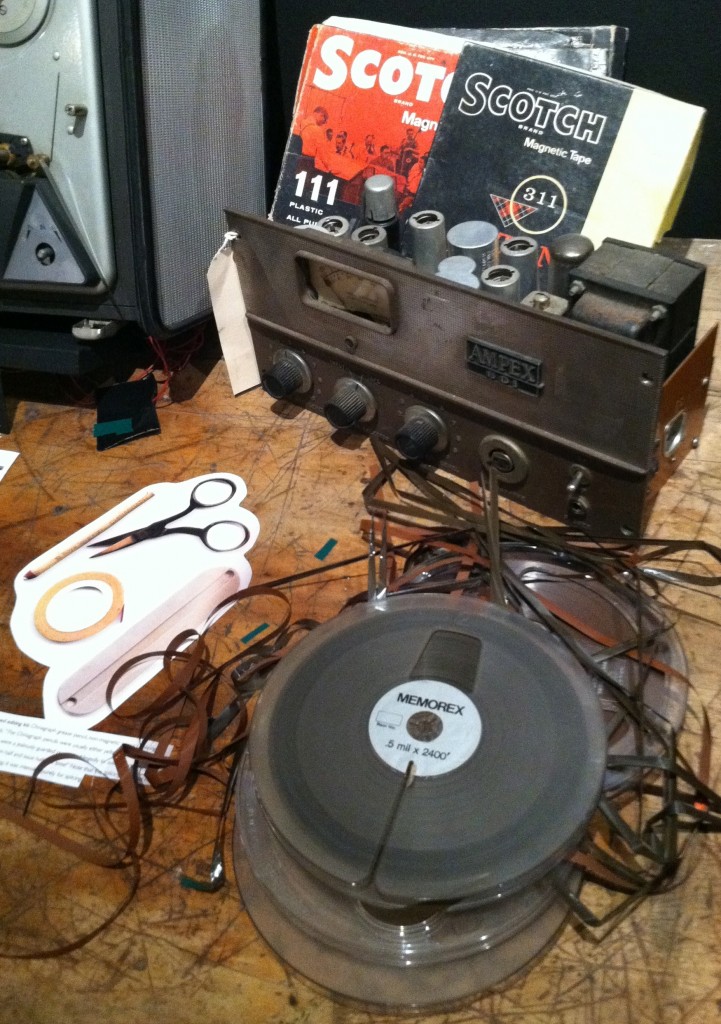 Turns out that the shop-window display is part of an in-store exhibit of audio-technology that was put together by record producer/engineer Bill Moriarty, who has worked with popular artists like Man Man and Dr. Dog. It’s a fun tactile display that foregrounds some of the crucial basic processes we use in audio work: editing, mixing, reverberation, ‘effects processing,’ etc.
Turns out that the shop-window display is part of an in-store exhibit of audio-technology that was put together by record producer/engineer Bill Moriarty, who has worked with popular artists like Man Man and Dr. Dog. It’s a fun tactile display that foregrounds some of the crucial basic processes we use in audio work: editing, mixing, reverberation, ‘effects processing,’ etc.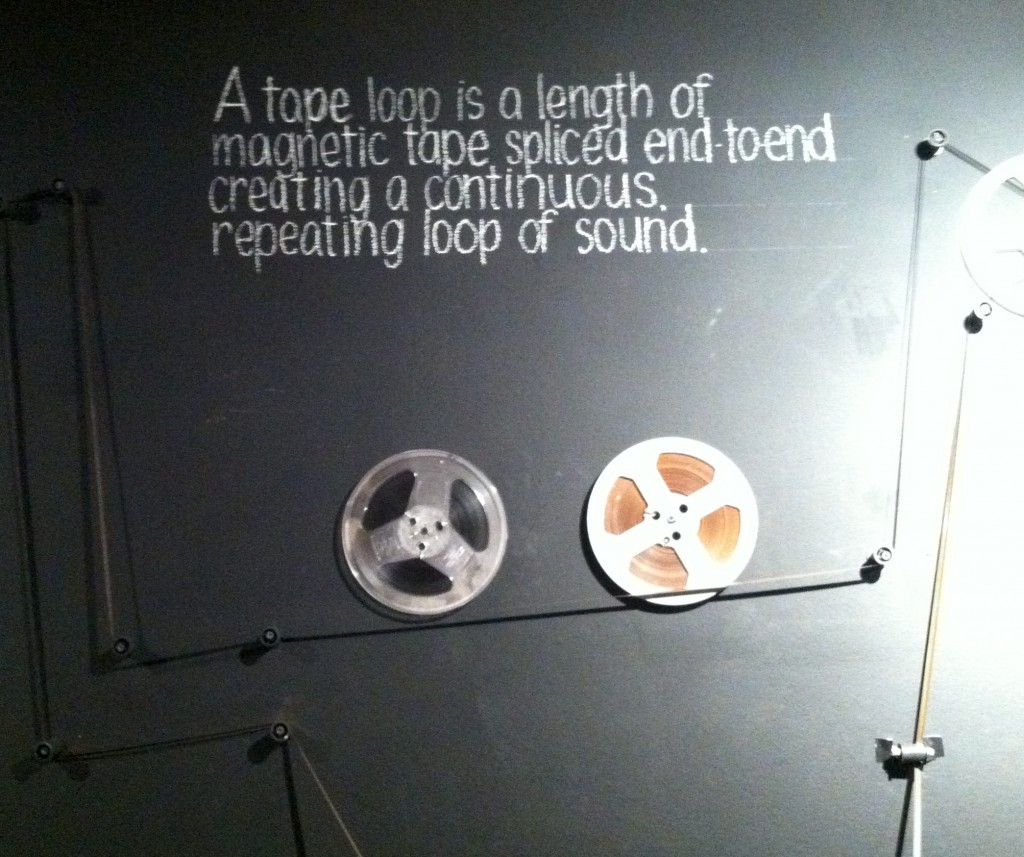 The exhibit is up for a few more days; you can read more about it in Moriarty’s own words at his blog.
The exhibit is up for a few more days; you can read more about it in Moriarty’s own words at his blog.


